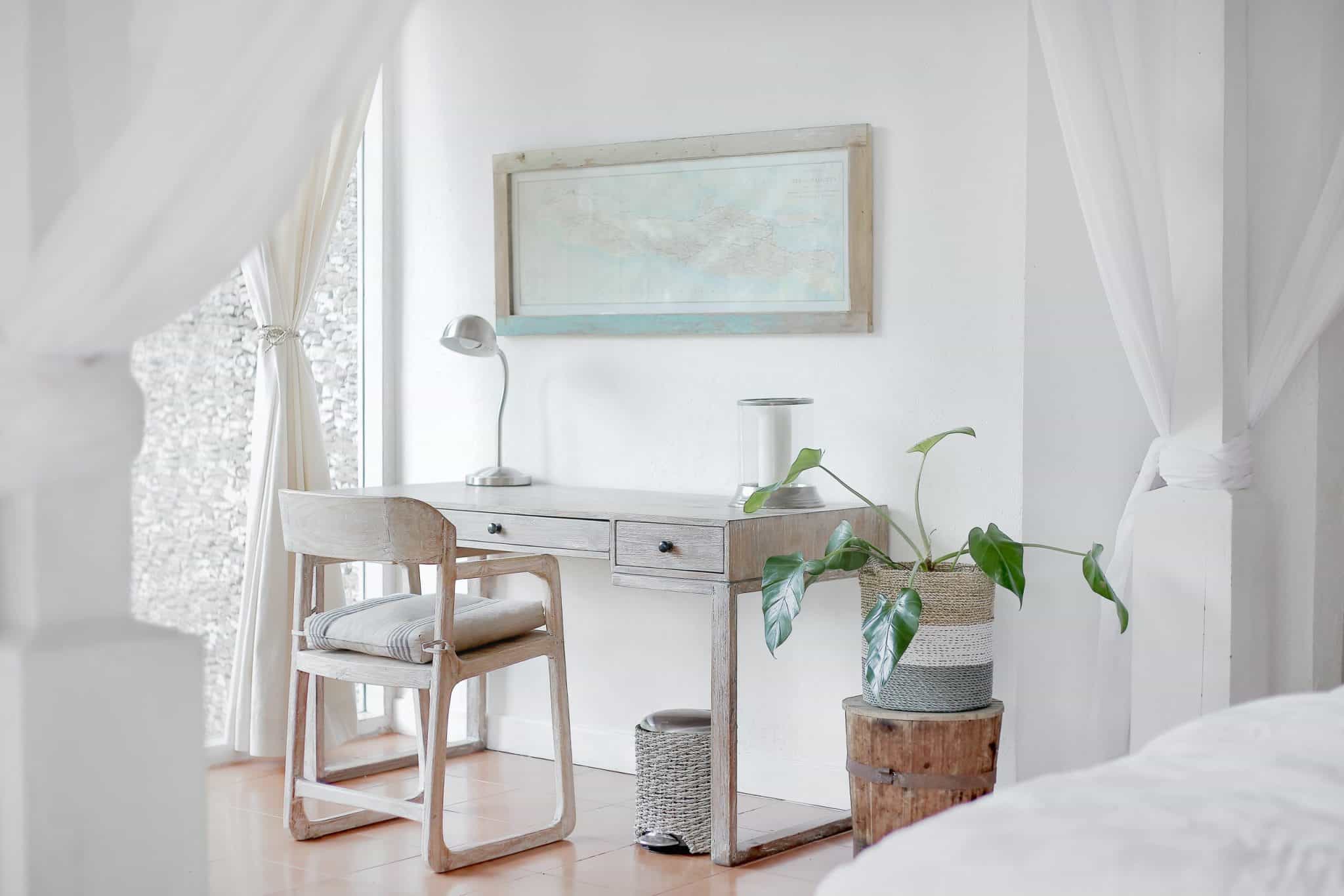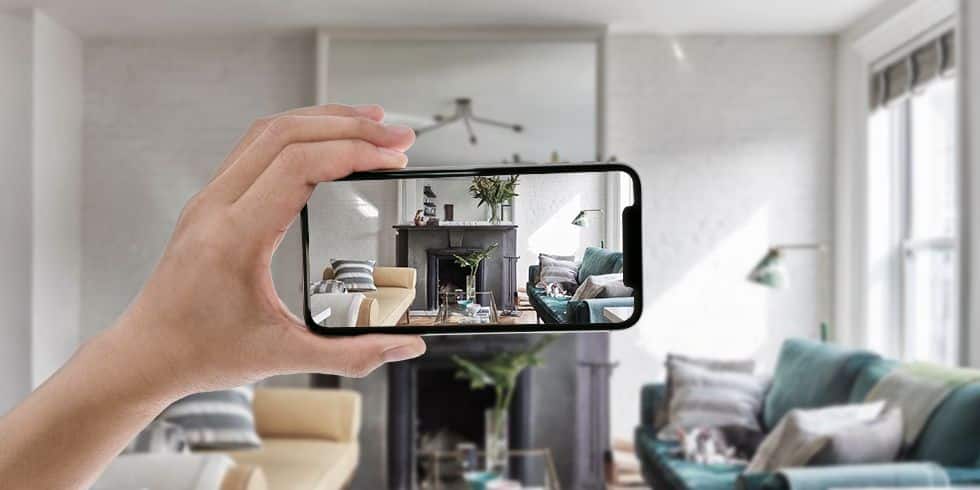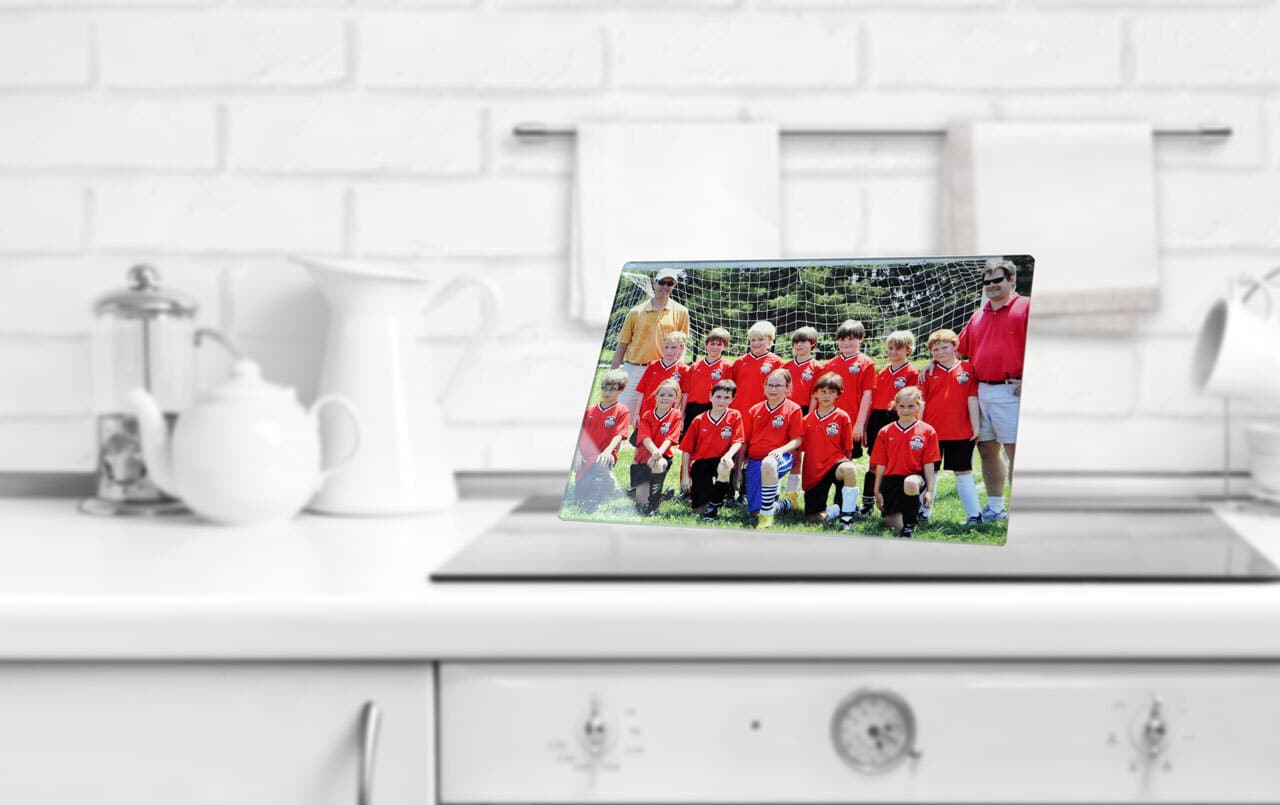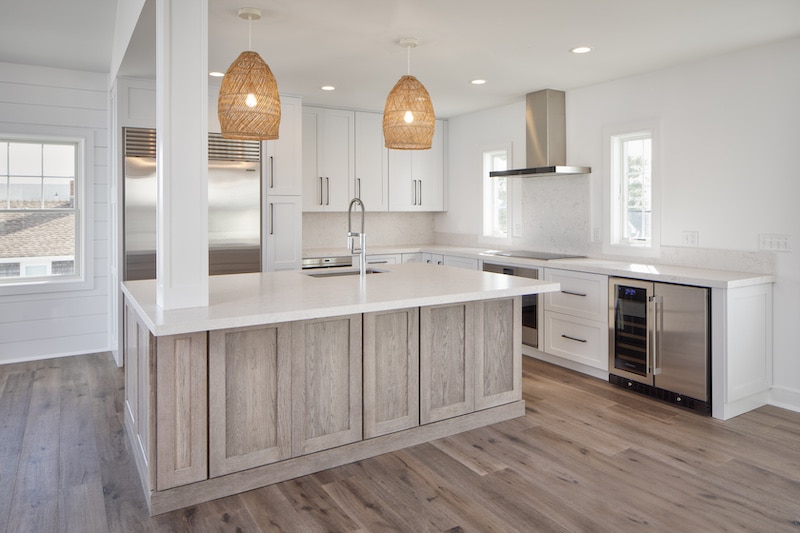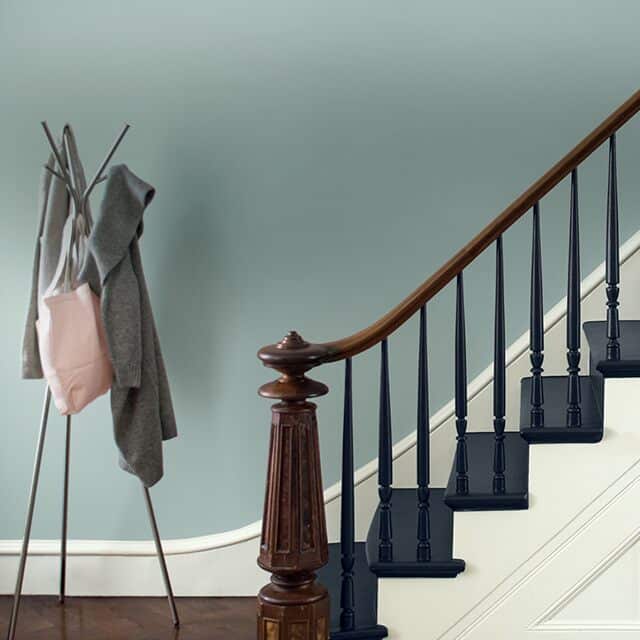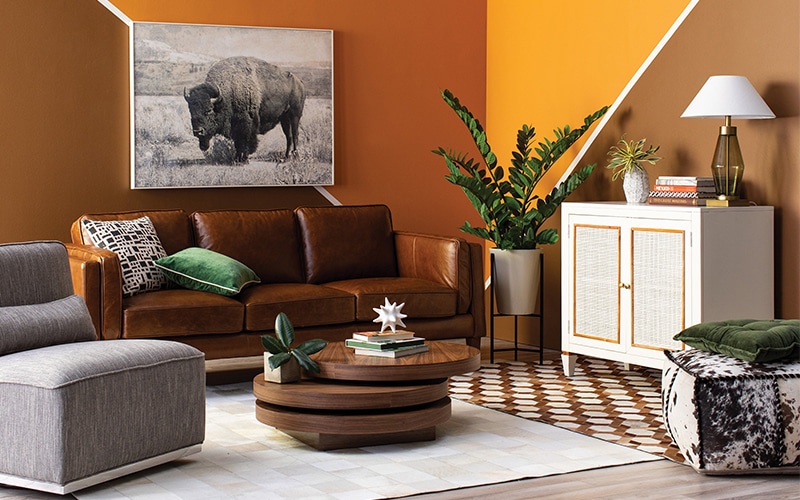7 Ideas to Make a Student’s Bedroom Relaxing
In a student’s life, the bedroom is not just a place to sleep but also serves as a study area, a sanctuary, and a space for creativity and reflection. Considering the multifaceted roles this single room plays, ensuring that it is a relaxing and conducive environment is paramount. The arrangement, color, decor, and overall ambiance of a student’s bedroom can significantly impact their learning, productivity, and overall mental health. In this article, we will navigate through some creative and practical ideas to transform a student’s bedroom into a relaxation haven, boosting academic success and enhancing overall well-being.
Students Need to Relax
A student’s bedroom is a personal space that often reflects their character, mood, and academic life. It’s the room where they pull all-nighters for exams, spend hours on homework, and sometimes even turn to a writepaper to meet tight deadlines. With this in mind, the importance of creating a relaxing, calm, and stress-free environment becomes clear.
The ambiance of a bedroom can affect sleep quality and the ability to concentrate. A cluttered, chaotic room may increase stress levels, leading to decreased productivity and performance. On the contrary, a well-organized, relaxing bedroom can help foster creativity, improve focus, and encourage better study habits.
Moreover, with the current trend of online learning, a bedroom also serves as a makeshift classroom for many students. As such, it is essential to make this space as comfortable and serene as possible to enhance learning and keep stress levels to a minimum.

4 Key Principles That Make a Relaxing Bedroom
Several principles should guide the design and organization of a student’s bedroom to make it a calming and relaxing space. Here are a few key considerations:
1. Decluttering: A clean, clutter-free room can help eliminate distractions, thus enhancing focus and productivity. A student should consider organizing their study materials neatly, disposing of unnecessary items, and maintaining a regular cleaning schedule.
2. Color Psychology: The color of a room can greatly influence one’s mood and concentration levels. Pastel colors and soft shades are often recommended for a calming effect.
3. Comfortable Furniture: Furniture should be both functional and comfortable. An ergonomic chair and desk, a cozy bed, and adequate storage solutions can make a big difference in the room’s overall ambiance.
4. Good Lighting: Proper lighting is essential for both studying and relaxation. A blend of natural and artificial light can help reduce eye strain and set the mood for different activities throughout the day.
By adhering to these principles, a student’s bedroom can become a place of tranquility that fosters learning and promotes restful sleep, which is essential for academic success and overall well-being.
7 Ideas to Make a Student’s Bedroom Relaxing
1. Introduce Plants
Bringing nature indoors is a fantastic way to create a calm and peaceful environment. Plants not only improve air quality by releasing oxygen and absorbing carbon dioxide, but they also have psychological benefits. Studies show that indoor plants can reduce stress levels, increase mood and productivity, and even boost creativity. Some low-maintenance options that thrive indoors include snake plants, pothos, and succulents.
2. Color Psychology
As discussed earlier, the color of your room can significantly influence your mood and concentration levels. Soft pastels, earth tones, or shades of blue or green are often recommended for their calming effects. You could consider painting an accent wall, choosing soothing color bedding, or hanging art pieces that incorporate these relaxing hues.
3. Appropriate Lighting
The right balance of natural and artificial light can greatly impact focus and relaxation. During the day, allow as much natural light as possible for an uplifting and energetic environment. For the evenings, consider warm, dimmable lights which are less harsh on the eyes and promote relaxation. Also, a small desk lamp can provide focused light for study hours, reducing eye strain.
4. Comfortable and Organized Furniture
Opt for furniture that is both practical and cozy. An ergonomic chair and desk can make studying more comfortable, reducing physical stress. A cozy bed with quality bedding ensures a good night’s sleep. Invest in good storage solutions to keep the room clutter-free. Multi-purpose or space-saving furniture, like a loft bed with a desk underneath or a bookshelf integrated into the headboard, can also be great choices for small spaces.
5. Personalized Decor
Personalizing your space can make it more enjoyable. Hang pictures, posters, or artwork that you love. Consider soft furnishings like rugs, curtains, or pillows in your favorite colors or patterns. However, maintain simplicity to avoid clutter and stress. Remember, less is often more.
6. Incorporating Technology Mindfully
In the digital age, technology is an integral part of a student’s life. A well-organized technology setup can enhance productivity, while a messy one can lead to stress and distraction. Use cable management tools to keep cords neat and invest in good-quality headphones for online classes or when you need to focus. Moreover, if you often find yourself stressed out about deadlines, consider using the best dissertation writing services for some of your assignments to balance your workload. However, remember to use technology mindfully and create a space within your room where you can disconnect from screens when necessary.
7. Creating a Relaxation Corner
Allocate a small section of the room exclusively for relaxation. This could be a cozy nook with a comfortable chair, a soft throw blanket, and a lamp, creating an ideal place for reading, meditating, or just relaxing. This space will serve as a physical reminder to take regular breaks from studying, thereby improving overall productivity and well-being. Add a few personal items, such as your favorite books or a collection of relaxing music, to make it more appealing.
In summary, creating a relaxing environment in a student’s bedroom is not as complicated as it may seem. With a few thoughtful changes like introducing indoor plants, painting the room in soothing colors, optimizing lighting, choosing comfortable furniture, and personalizing the decor, one can transform their space into a relaxation haven that promotes both productivity and relaxation.
Try these ideas and experience the positive changes they can bring to your student life. We would love to hear about your experiences, so feel free to share them with us. For more resources and tips on creating a conducive study environment, continue exploring our website.

